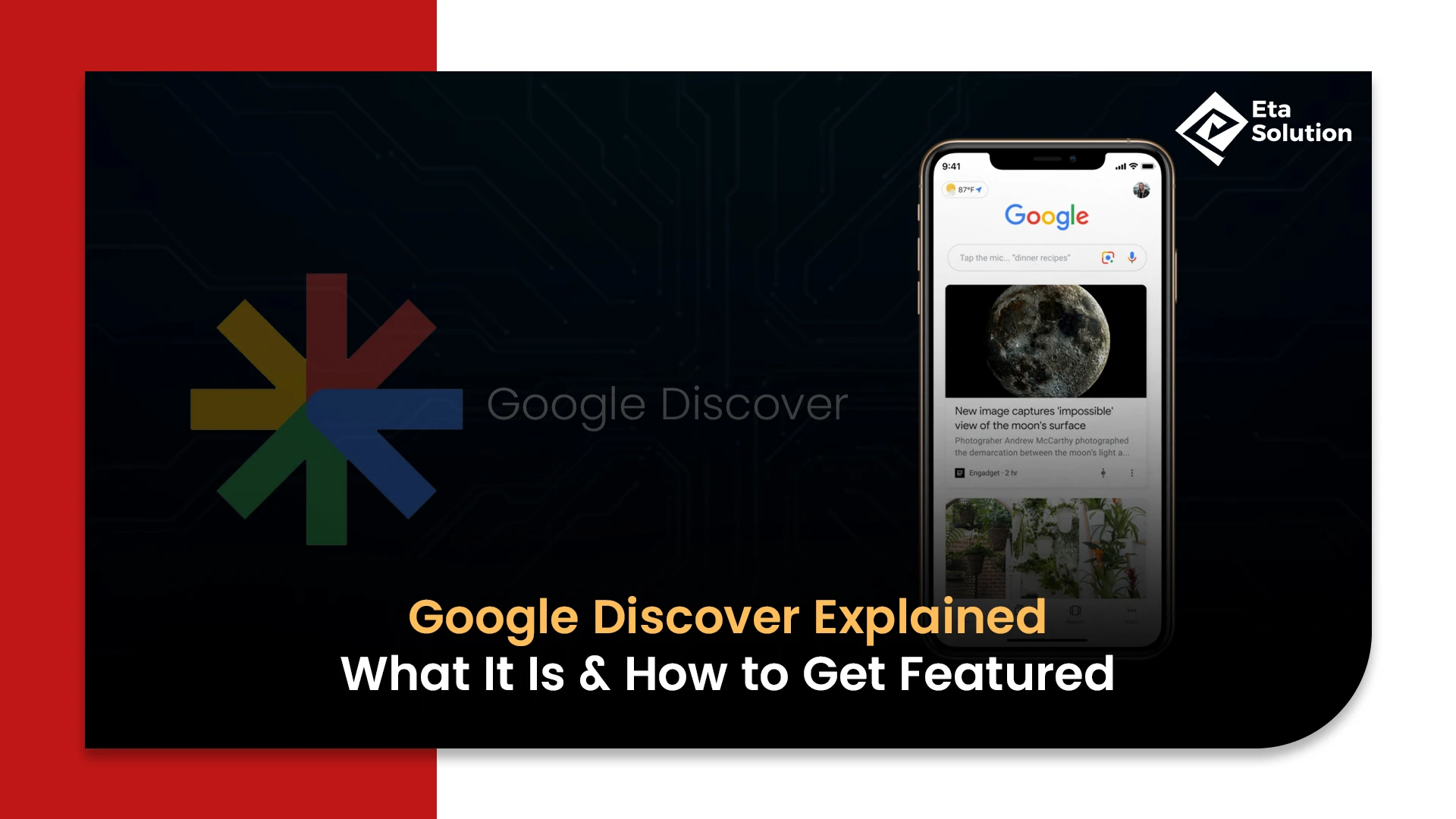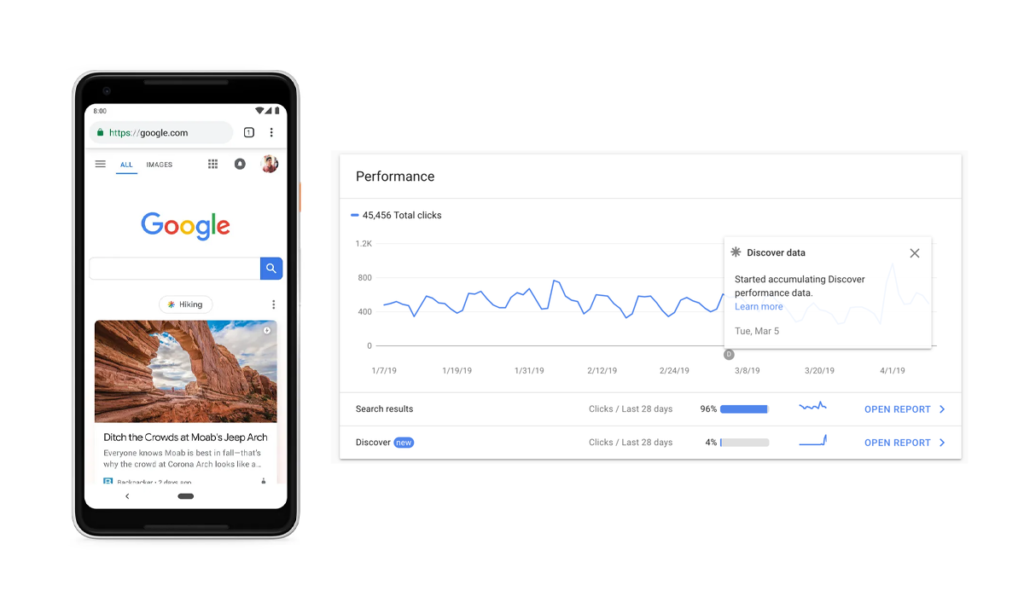
Google Discover Explained
Not just another “what-is” article, this is a deep dive into Google Discover, a personalized mobile Discover feed that surfaces your best stories before anyone even searches. Think of your work in a spot where many, many people can see it, just because it ties in with what they like.
Google Discover is the feed you find on the Google app and Chrome on phones. It shows news, blog pieces, and videos based on what each person likes and looks at often.
Let’s talk about how to appear on Google Discover, with help from new expert views, cool hidden bits of info, and powerful numbers you’ll want to remember.

What Makes Discover Different and Powerful
- Proactive, not reactive: Unlike search, Discover pushes content to users before they know they need it.
- Huge daily reach: Over 800 million people use Discover every day, that’s a massive traffic engine waiting to be tapped.
- Mobile-first everywhere: Discover runs primarily on mobile. If your site isn’t loading fast and displaying correctly, you’re invisible.
How Google Discover Works
1. Personal behavior signals
Google Discover doesn’t work with keywords, not like Search. It notes what you search for, the articles you click, how long you stay on a page, and what you come back to see.
If someone often reads about fintech startups, Google starts to show more stories like those. Even micro-signals teach the Google Discover algorithm what not to show. For brands, this means success comes from consistently publishing content that matches audience interests, not from keyword stuffing.
2. Freshness mixed with evergreen value
Discover has a dual focus: hot, fresh news and timeless evergreen content. Brands that balance both maximize discover visibility.
Brands that only use hot topics might see big hits in visits that go away fast. Those leaning only on evergreens may miss timely visibility. The strongest strategy balances both: seize attention during peak trend cycles while building a long-term library of timeless resources.
3. Visuals matter big time
The mobile Discover feed uses cards and large images. Original, high-res visuals drive clicks and enhance Google Discover ranking.
On the tech side, these images must be the right size and load quickly. From a strategy side, unique and original imagery beats generic stock photos, improving both click-through rates and credibility.
4. Structured data helps Google understand
Schema markup supports Discover feed optimization by showing Google what your page offers. Richer signals boost Google Discover SEO impact.
This neat data makes it easier to get rich results and helps Discover match what you offer with what users like. For example, the NewsArticle schema shows fresh updates, while the HowTo schema highlights lasting teaching worth. Stronger signals usually lead to better visibility in Discover.
5. Mobile speed is not optional
Discover is built for mobile, so Core Web Vitals speed, responsiveness, and stability are critical. Slow pages, shifting layouts, or heavy load times lead users to bounce, and Google notices.
Fast-loading mobile pages are rewarded. Beyond usability, speed influences Google Discover algorithm trust.
Fresh Experts’ Insight & Trends That Matter in 2025
- AI Overviews = new battleground: Content optimized for AEO strengthens Google Discover content strategy too. These reduce clicks but create new opportunities to snag a featured answer instead of a blue-link ranking.
- Answer Engine Optimization (AEO): No longer just about keywords, AEO is about shaping content that AI chat engines like ChatGPT or Gemini will choose to quote. Valuable for Discover visibility too.
- Zero-click search reality: News sites have seen clicks fall by 600 million, from 2.3 billion to 1.7 billion, due to AI summaries.
- LLMs reshape discovery: 62% of users now turn to ChatGPT or Gemini for answers. Structured data and expertise feed both conversational AI and Google Discover SEO outcomes.
- Inside secret: Proprietary data and expert quotes fuel stronger discover visibility.
Google’s leaked “OriginalContentScore” rewards novelty and experience.
Action Plan: Get on Google Discover Now
1. Nail Visual & Technical Excellence
- Use high-resolution, original images with compelling captions. Visuals aren’t decoration, they’re your door into the feed.
- Ensure Fast mobile loading, responsive layout, and tidy code. Speed = better Google Discover ranking.
2. Structure Smart, Signal Strong
- Apply schema markup to signal to Google what your content is about, for example, articles, videos, and events.
- Keep headlines clear and follow Google News feed tips for a stronger reach.
3. Prioritize Novel, Expert-Led Content
- Embed original data, case studies, and campaign performance that no competitor can copy.
- Feature content from marketing seminars, expert quotes, or proprietary stats signals of expertise and trust.
4. Blend Evergreen & Trending Content
- Cover evergreen topics with new angles.
- Create news-responsive content aligned with Google Trends, especially effective in categories like lifestyle or business.
5. Leverage AEO & AI Source Potential
- Answer common cluster queries clearly in your content, covering “how to”, “why”, and “best” formats to feed AI engines.
- Ensure structured data and authoritative context. LLMs will prefer content grounded in quality data.
6. Monitor Using Search Console
- Use the Discover report to track impressions, clicks, and CTR refine your content based on what’s working to refine your discover feed optimization efforts.
How a Top Digital Marketing Agency in India Can Edge You In Discover
Even if your business isn’t based in India, partnering with a Top Digital Marketing Agency in India gives two clear advantages:
- Proven mastery of global SEO and Discover feed optimization.
- Access to data-driven content testing and cross-industry insights.
This connection gives you an advantage in Discover’s competitive landscape, thought leadership, visual strategy, mobile experience, and structured execution, all sharpened by expert eyes.
Real-World Example Worth Noting
A U.S. consumer brand revamped its Google Discover content strategy:
- Injected internal survey data, bold visuals, and expert commentary.
- Optimized page speed and schema markup.
- Published a trending analysis piece tied to a news event.
The result? Featured with 120% more impressions and a 20% increase in organic traffic Google Discover, all within a few weeks.
Final Thoughts
Google Discover is an evolving platform responsive, visually rich, and expert-driven platform. It likes stuff that’s quick, new, and true. If you want to stand out, move past basic Google Discover SEO, aim for great stuff, and think like one of the best digital marketing teams in India that mixes smart ideas with facts.
Are you set to turn your best content into a Discover moment, or are you simply hoping someone finds it?
Google Discover and Google News may look similar, but they serve different purposes. Google News mainly shows the latest news articles from publishers, focusing on current events and trending updates. On the other hand, Google Discover shows a mix of personalized content, not just news. It includes blogs, evergreen articles, videos, product pages, and even older content if it matches a user’s interests. In short, Google News is about “what’s happening now,” while Google Discover is about “what you might enjoy anytime.”
No, you don’t need to manually submit your website to appear in Google Discover. If your site is indexed by Google Search, it automatically becomes eligible for Discover. However, being eligible doesn’t guarantee appearance. To increase your chances, you need to create high-quality, engaging content with strong visuals and follow Google’s content policies. Optimizing for user experience and E-E-A-T (Expertise, Experience, Authoritativeness, and Trustworthiness) also helps in getting featured.
Unlike regular Google Search, keywords don’t play a direct role in Google Discover rankings. Instead, Discover relies on user interests, browsing history, and content quality to decide what to show. That said, using relevant keywords naturally in your content still helps Google understand your topic better. But more important factors are catchy titles, engaging images, and content that provides real value to readers.
Yes, product and e-commerce pages can appear in Google Discover if they are helpful and engaging for users. For example, guides, product reviews, buying tips, or trending items have a higher chance of being featured. However, purely promotional or thin product pages are less likely to show up. To improve visibility, use high-quality product images, detailed descriptions, and make sure your page provides useful information beyond just selling.
Google Discover is currently available only on mobile devices, mainly within the Google app on Android and iOS, and on the mobile version of Google.com. It is designed to give users a personalized feed on their phones, where they spend most of their browsing time. On desktops, Discover is not available yet, though some of its features overlap with Google News and search suggestions.

What started as a passion for marketing years ago turned into a purposeful journey of helping businesses communicate in a way that truly connects. I’m Heta Dave, the Founder & CEO of Eta Marketing Solution! With a sharp focus on strategy and human-first marketing, I closely work with brands to help them stand out of the crowd and create something that lasts, not just in visibility, but in impact!

Industrial Product Marketing with LinkedIn & Paid Ads

Top Digital Marketing Strategies for Industrial Products in 2026

B2B Product Launch Strategies: From Pre-Launch to Go-To-Market

